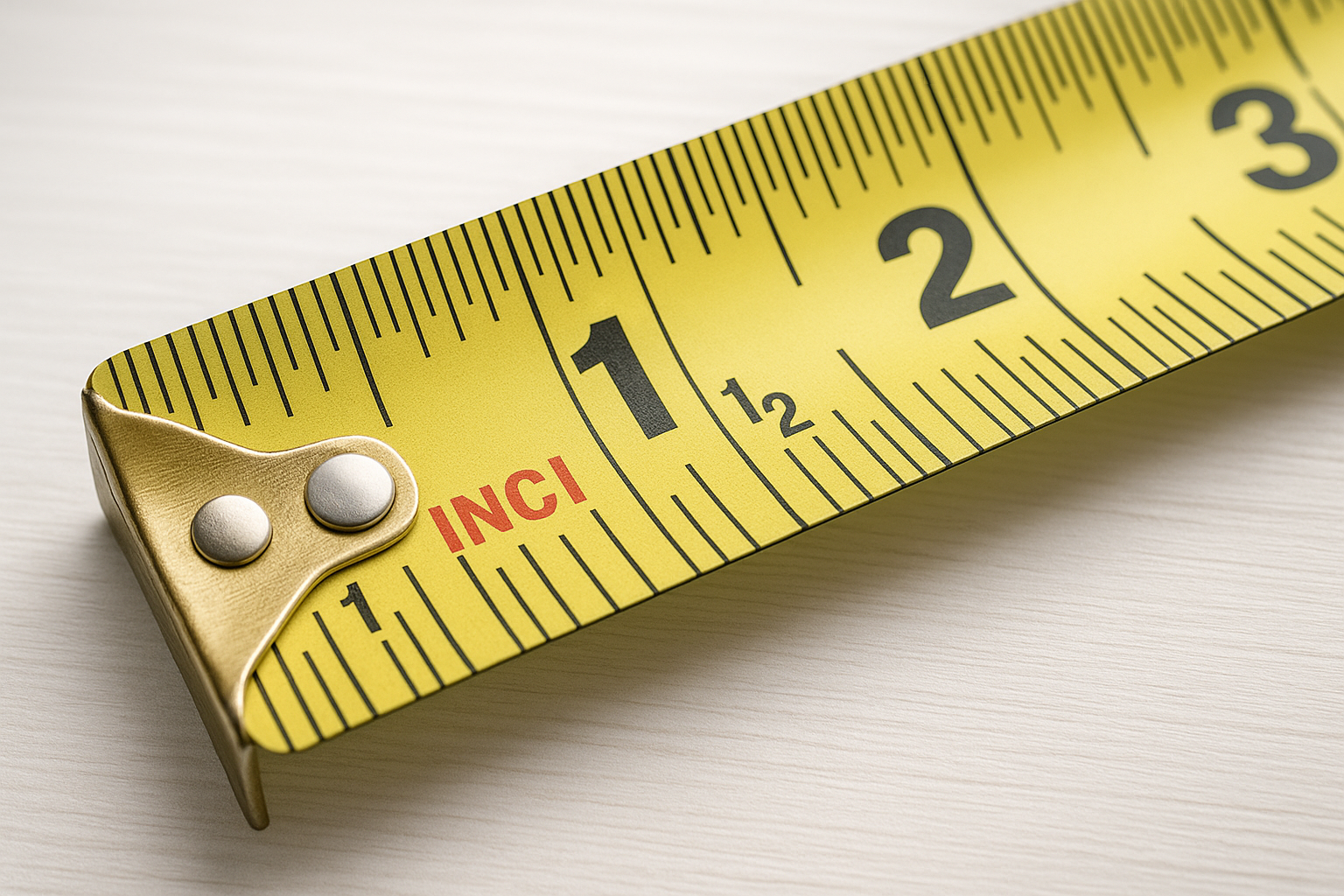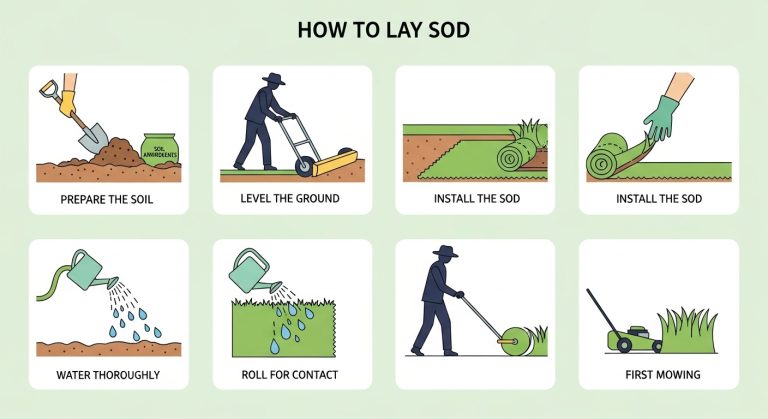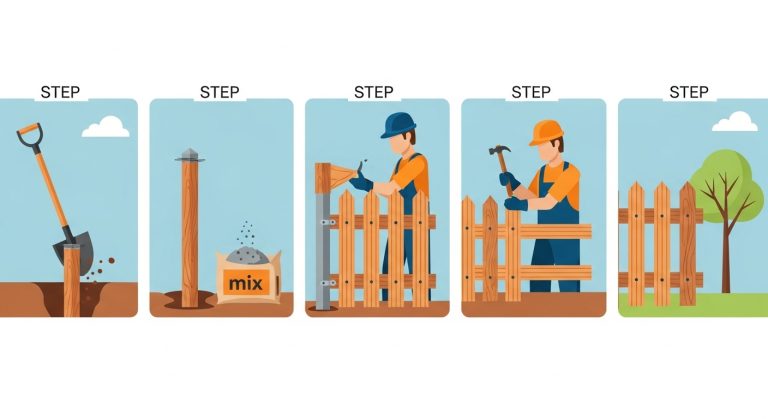How to Read a Measuring Tape: A Comprehensive Beginner’s Guide
To successfully read the measuring tape, it’s essential to understand its basic components. Here are the key parts you’ll find:
- Blade: This is the flexible tape strip displaying measurement marks.
- Markings: Numbers and lines indicating measurement units such as inches, cm, or mm.
- Hook: The small metal end piece designed to catch edges while measuring.

Different types of measuring tapes are available, including:
- Retractable tapes: Common in construction.
- Carpenter’s tapes: Made for rigorous use in woodworking.
- Fabric tapes: Flexible and used for sewing.
- Specialty tapes: Such as laser measuring tools.
How to Read a Measuring Tape
Reading a measuring tape might seem challenging at first, but with simple steps, you can do it confidently:
- Extend the tape: Hook the metal tip at the starting edge of the object you want to measure.
- Keep it straight: Ensure the tape is pulled taut and flat.
- Identify the marking: Look at the marking where the tape reaches the end of the object.
- Read the numbers: Check the number and any corresponding fractional or metric markings.
Measuring Tape Guide
Here’s how to use it efficiently:
- Measuring inside spaces: Use the tape housing as a stop when measuring spaces like window frames.
- Marking dimensions: Always mark and recheck dimensions carefully before cutting.
- Safely extending and retracting: Hold the tape firmly to control retraction speed.
Safety Tips
- Beware of tape snap-back injuries; hold securely while retracting.
Reading Inch Markings
Here’s how inch measurements break down:
- Whole inches: The longest lines marked with numeric labels.
- Half-inch marks: Short lines at halfway points.
- Quarter-inch: Short lines between half-inch marks.
- Eighth-inch: Smaller lines appearing after quarter-inch marks.
- Sixteenth-inch: The shortest lines representing half of the eighth-inch.
For visual learning, here are some video tutorials: How to Read a Measuring Tape
Metric vs. Imperial Measurements
Understanding these systems is crucial:
- Imperial: Uses inches and fractional divisions.
- Metric: Uses centimeters and millimeters.
When to Use Which System
- Use Metric: For global applications.
- Use Imperial: For US-specific projects.
How to Measure with Tape Accurately
Here are best practices:
- Start from the zero mark of the hook.
- Keep the tape taut and straight.
- Double-check important measurements.
- Avoid using damaged tapes.
Common Mistakes
- Reading from the wrong side.
- Misinterpreting fractions.
- Neglecting the hook overhang.
Practical Applications
Measuring tapes are essential in:
- Home Improvement: Measure accurately before renovations.
- Sewing: Crucial for accurate fabric measurements.
- Woodworking: Helps mark exact cuts for joints.
Actionable Tips
- Mark measurements clearly.
- Recheck before cutting.
Note: Once you’ve mastered using a measuring tape, you might also find it helpful to know how long caulk takes to dry before starting your next DIY project.
Maintenance and Care of Your Measuring Tape
To ensure longevity, follow these care tips:
- Retract slowly.
- Keep the tape dry.
- Wipe the tape clean after use.
- Store properly to prevent damage.
Conclusion
Learning how to read a measuring tape properly can significantly enhance your confidence in DIY and daily tasks. Practice using the tape regularly, and you’ll find yourself measuring with ease.






